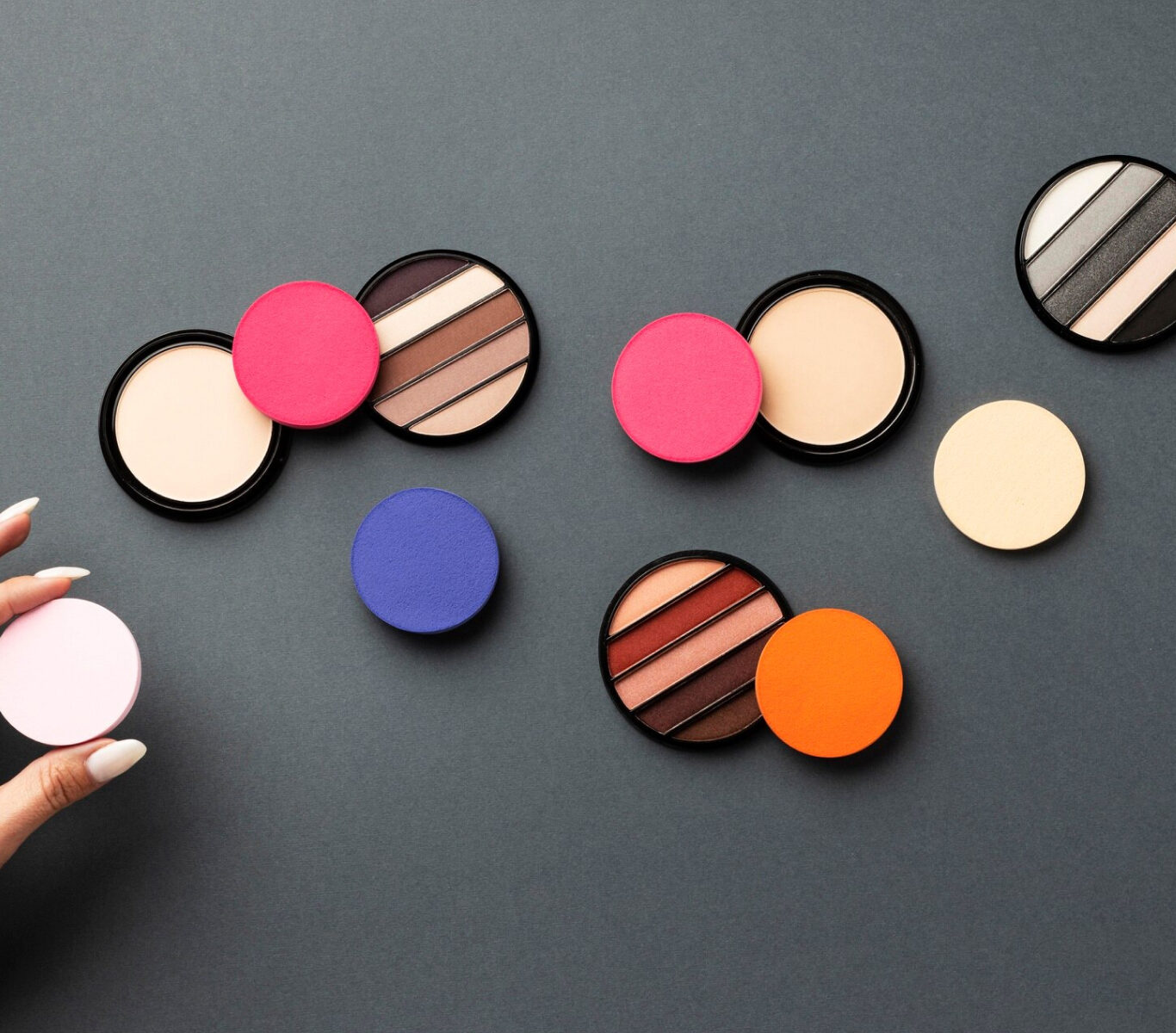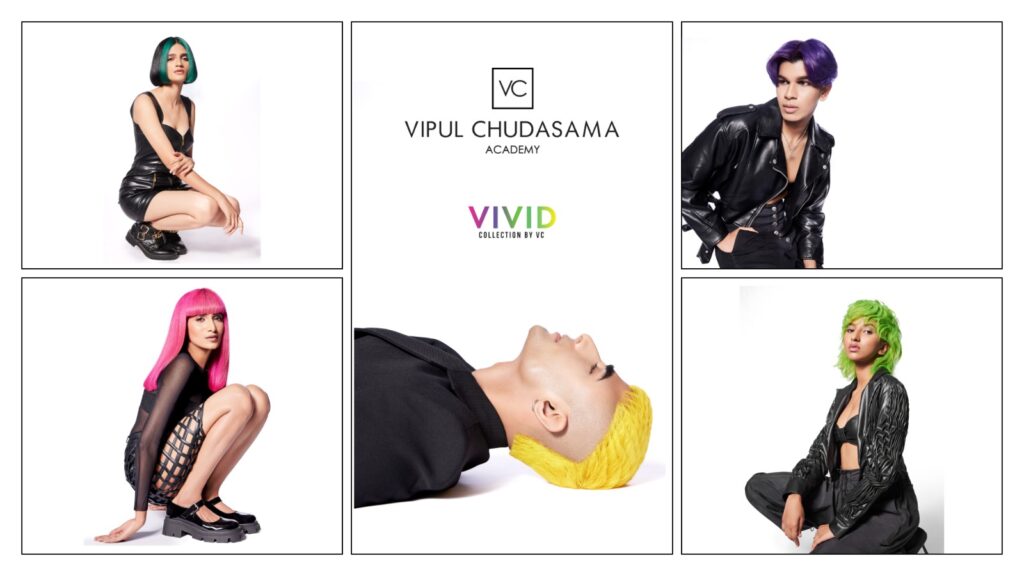As a makeup or hair professional, it is crucial to understand the art of photoshoots. Having insta-worthy images is essential to showcase your portfolio to clients. However, it is equally important to understand the aesthetics of a shoot.
From understanding lighting to enhancing features, presenting a good photo or video shoot takes a lot. Read on to learn more about the elements contributing to a successful shoot.
1. Basics of Color Theory:Color theory is the art and science of combining colors to create visually appealing designs. It revolves around three primary elements: hue, saturation and brightness. These elements form the foundation of the color wheel, a makeup artist’s compass in navigating the vast spectrum of colors.
2. Understanding the Color Wheel: The color wheel is essential for categorizing colors into primary, secondary, and tertiary groups. Primary colors, red, blue, and yellow, are the fundamental building blocks of all other colors. Secondary colors, such as green, orange, and purple, result from mixing primary colors, while tertiary colors, like yellow-green and blue-purple, are achieved by combining primary and secondary hues. Understanding the color wheel helps create pleasing color combinations in design and art.
3. Enhancing Facial Features: Makeup artists use color theory to enhance facial features by strategically applying contrasting or complementary shades. For instance, to brighten the eyes, using eyeshadows in hues opposite the eye color on the color wheel creates a captivating contrast. Similarly, choosing blush tones complementing the skin’s natural undertones can accentuate cheekbones and add warmth to the face.
4. Creating Harmonious Looks: Harmony in makeup is achieved by understanding color relationships. Monochromatic looks involve variations of a single color, creating a sophisticated and cohesive appearance. Complementary colors, found opposite each other on the color wheel, create vibrant and striking contrasts. Analogous colors, positioned next to each other, offer a harmonious and subtle blend
5. Psychology of Color: Beyond aesthetics, color theory in makeup taps into the psychology of colors. Warm tones like reds and oranges evoke passion and energy, while cool tones like blues and greens convey tranquility and serenity. Makeup artists can leverage these emotional triggers to tailor looks to a client’s personality or the desired mood for a specific occasion.
6. Experimenting with Trends: Understanding color theory is essential for makeup artists to keep up with the latest trends. They can interpret and modify trends skillfully by applying color theory principles, whether a bold and experimental look or a classic and timeless one. This adaptability allows artists to cater to a diverse clientele with varying preferences and style sensibilities.
If you want to understand color theory, you can enroll in our Makeup Pro Course In Mumbai. We cover these technicalities in detail, and you can contact us for more information by calling us at +91 9769100070 or emailing us at education@vipulchudasama.com.






